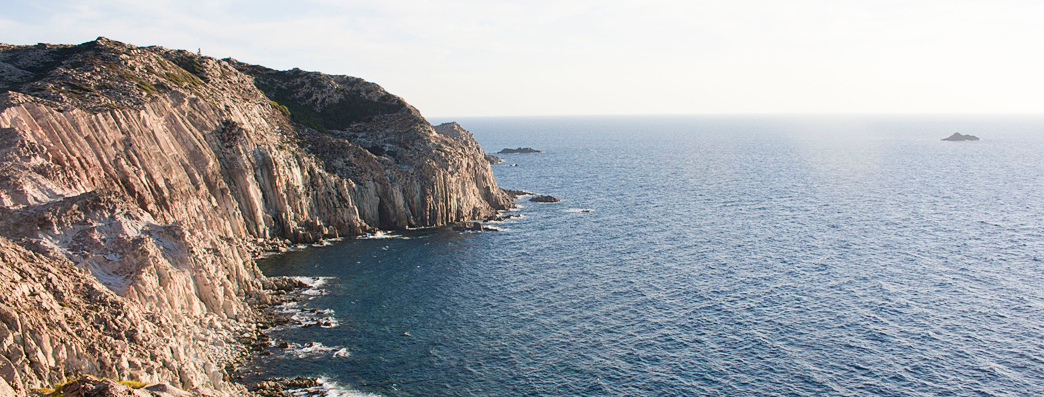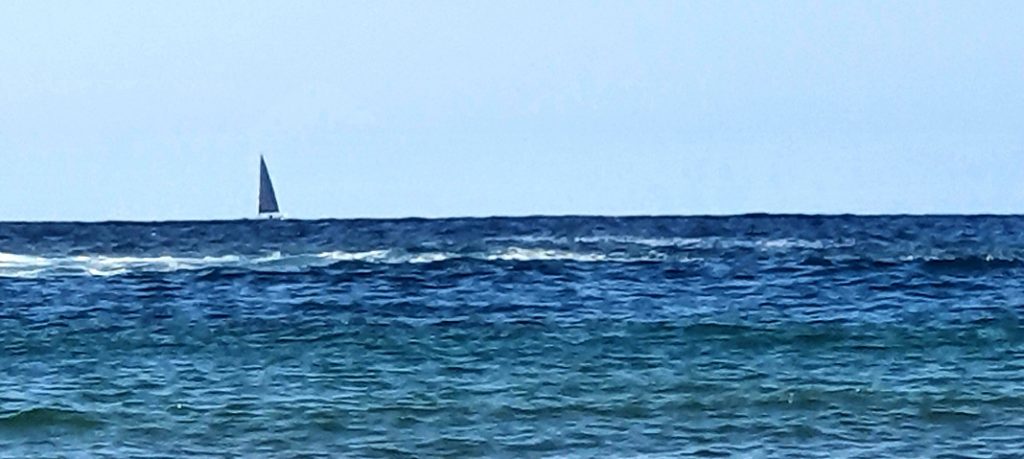
… So my thoughts drown in this immensity: and sinking is sweet for me in this sea ( Così tra questa immensità s’annega il pensier mio: e il naufragar m’è dolce in questo mare). However, the sea of twenty-year-old Giacomo Leopardi was not made of water: it was the representation of that infinity that was the silence, the eternal, with which the poet measured the reasons and absurdities of life.
And if the sea of Ulysses may seem more real because it is made up of waters and storms, its inhabitants are less so: Sirens, Cyclops, and Witches. But Ulysses was disliked by Hera and Aphrodite, because he had been the architect of the defeat of Troy; and also by Poseidon, father of the Cyclops, whom he had mocked. And then, before reaching the beach of his Ithaca, the sea for Ulysses becomes a prison and expiation, a place of monsters and magic, of dangers and adventures, a measure of courage and wisdom.
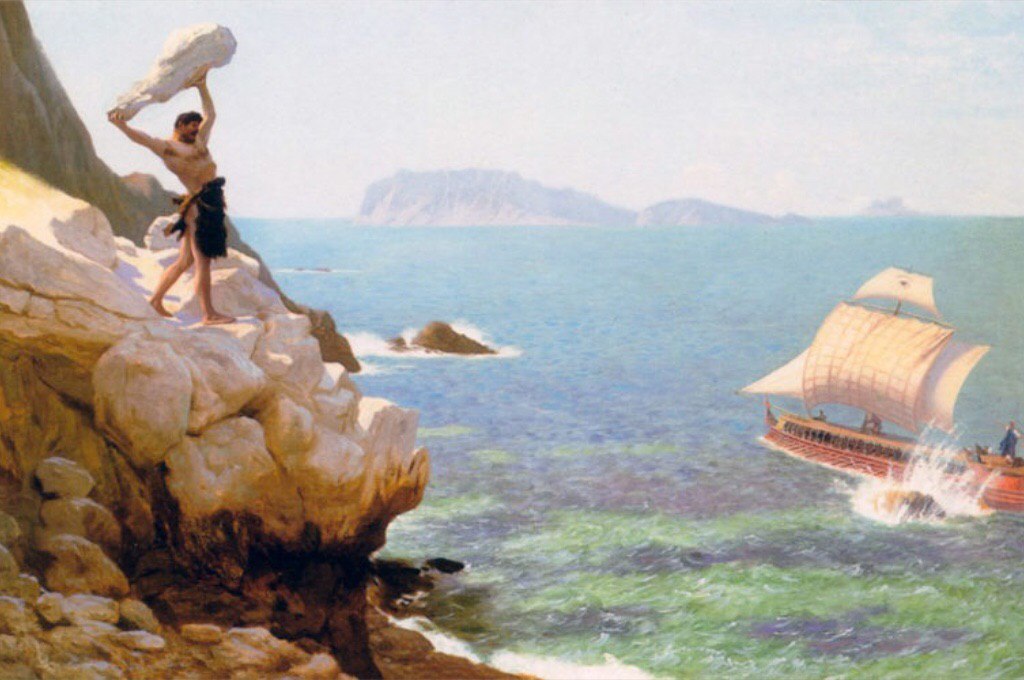
Meanwhile, after the defeat, also Aeneas wanders in search of a new homeland. And only after passing the hard tests, he will reach the new and deserved shore.
The beach, as the limit between the land and the sea, is the landing place for those who have experienced the adventure of the sea and the starting point for experiencing it; the place of fear and hope of those waiting for arrival from the sea; the place where you frown and stretch a hand over your eyes to scan the horizon even if you don’t expect anyone, because that great mass of saltwater will never stop attracting and frightening us, seducing and frightening us.
The steep and wild coasts are interrupted by some bay, some hospitable inlet, where a beach is ready to welcome ships damaged by storms or shipwrecked. The beach itself seen from the earth is the beginning of the unknown towards which we are driven by our insatiable curiosity. Here then the beaches become the crossroads of strong feelings, children of real and imagined stories.
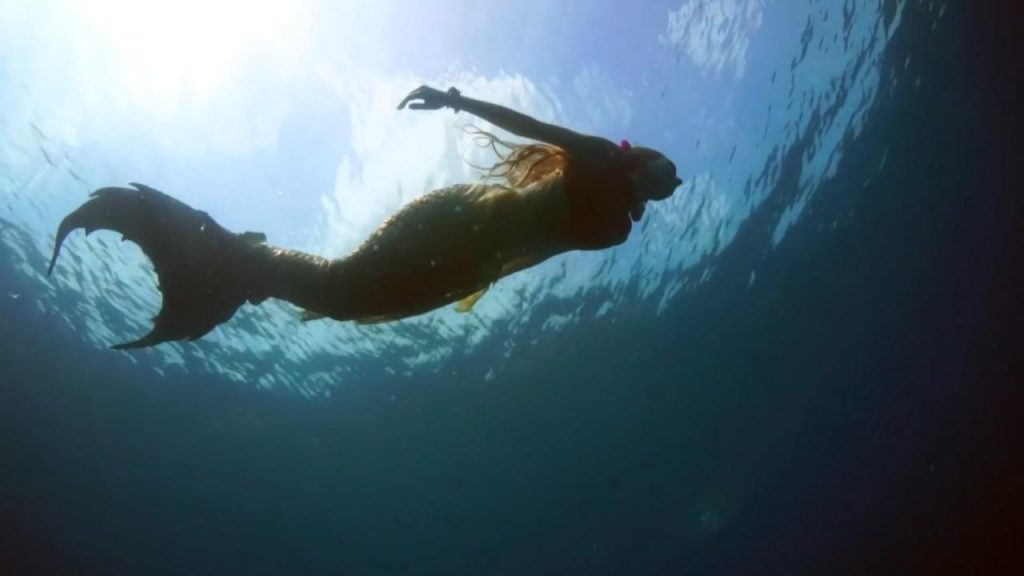
Even in fairy tales, the beaches are the scene of extraordinary events. Pinocchio, after having found Mastro Geppetto in the belly of the whale, lands on a beach to set off towards a happy ending. This is not the case with the young Little Mermaid, who after sacrificing her tail and tongue for the love of the Prince, starts and ends her terrestrial adventure on a beach. On land, she will learn to cry and sacrifice herself until she becomes sea foam.
But a beach is not just a point of departure or arrival for people, emotions, and feelings; it is also a receptacle for objects brought from the sea: silent witnesses of facts and stories. Walking along the shoreline and collecting shells, we cannot help but wonder where all those pieces of wood and those thousand things that clutter up the winter beaches come from.
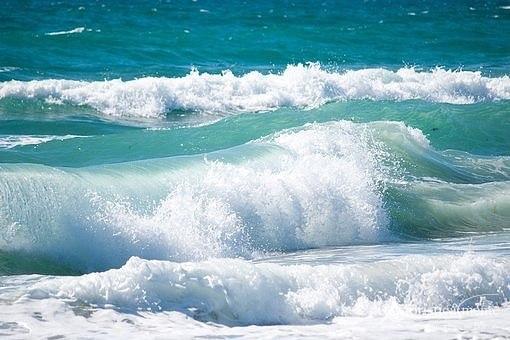
Then, everything goes back to the way it was before … but it’s not the same anymore … (Alessandro Baricco)
Trying to reconstruct the path of some objects, on which we can read the place of origin, can mean investigating the routes of merchant ships and sea currents. The examination of the “natural objects” deposited by a storm can tell us a lot about the state of the seabed overlooking the beach on which we find ourselves: a multitude of shells, all the same, belonging to species that well tolerate the presence of pollutants is undoubtedly disheartening, while a great variety of shells, tufts of algae and Posidonia or Zostera suggests that in those waters you can safely bathe.
And here a beach becomes a means of learning about the natural stories and ecological status of coastal environments, through live organisms or beached waste.
Taking an interest in nature with a scientific eye does not mean ignoring the emotional impact that these environments give us every time we visit them. Understanding how the mechanism of the waves or the movement of the dunes works, will not make us indifferent to the magnetic fascination that the roaring waves exert on us as they unwind at our feet in a tumult of foam and spray, nor will it prevent us from feeling a little shipwrecked as we wander aimlessly among the dunes with hair ruffled by the brackish wind and eyes lost on the line that separates the water from the sky.
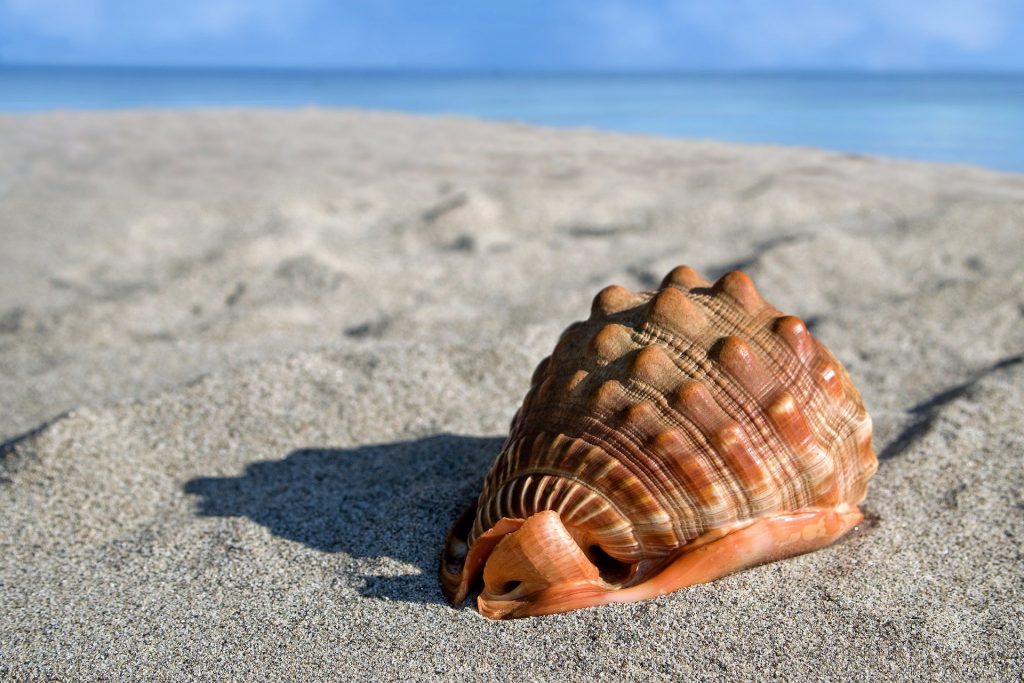
Credits:
Author: Anna Lacci is a scientific popularizer and expert in environmental education and sustainability and in territory teaching. She is the author of documentaries and naturalistic books, notebooks and interdisciplinary teaching aids and multimedia information materials.
Translation by Maria Antonietta Sessa


